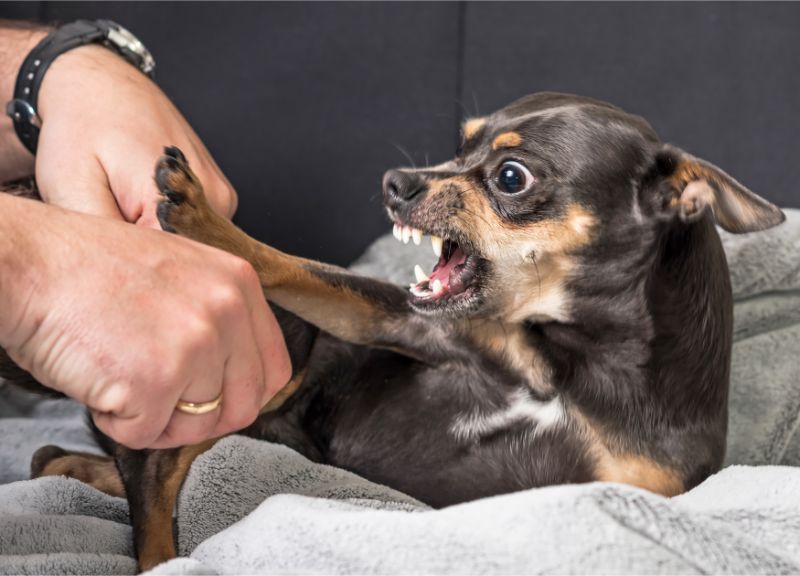
Dealing With Pet Aggression: A Comprehensive Guide
Pet aggression can be a complex issue to manage. This is particularly so because it can often be challenging to determine its root cause. However, understanding the factors contributing to your pet's aggression and implementing a systematic approach towards managing it can help to mitigate its adverse effects. This comprehensive guide explores how to effectively deal with pet aggression.
Understanding Pet Aggression
Pet aggression is a defensive response or behavior that pets exhibit when they feel threatened or uneasy. Aggression can take various forms, such as biting, scratching, barking, growling, or hissing, and can be directed towards people, other animals, or objects.
Several factors contribute to pet aggression, including fear, dominance, territorial instincts, pain, and frustration. Understanding these factors can help pet owners to identify and address the root cause of their pet's aggressive behavior.
Steps to Manage Pet Aggression
1. Observation and Understanding
The first step in managing pet aggression is observing and understanding your pet's behavior. Look for patterns: Does the aggression occur around specific people or animals? Is it related to particular situations, like meal times or when your pet is approached while sleeping? Understanding these patterns can help identify the triggers for your pet's aggression.
2. Consult a Professional
Once you've identified potential triggers, it's advisable to consult with a professional, such as a vet or a certified animal behaviorist. A vet can rule out any medical conditions that might be causing the aggression, while a behaviorist can provide insights into your pet's behavior and develop a suitable training plan.
3. Behavioral Training and Conditioning
Behavioural training involves conditioning your pet to respond differently to the situations that currently trigger aggressive behavior. Positive reinforcement, such as treats, praise, or petting, can be used to reward non-aggressive behavior, while consistent consequences for aggressive behavior can help to discourage it.
The aim is not to punish your pet, but rather to change its association with the trigger. For example, if your pet becomes aggressive when it sees other dogs, try treating it every time another dog is in sight to help it associate the presence of other dogs with something positive.
4. Create a Safe Space
Creating a safe and secure space for your pet is crucial in managing pet aggression. This space should be a place where your pet can retreat to when feeling stressed or threatened. Make sure it's comfortable, has familiar items, and is easily accessible at all times.
5. Medication
In some cases, you would need medication to help manage your pet's aggressive behavior. This is usually the case when the aggression is severe, or when it's linked to a specific medical condition. Talk with your vet about the best course of action.
6. Consistent Routine
Pets thrive on routine and predictability. Having a consistent routine for feeding, exercise, playtime, and rest can reduce stress and anxiety, which can in turn help to reduce aggressive behavior.
Considerations
Managing pet aggression requires patience and consistency. Progress can be slow, and there may be setbacks along the way. It's crucial not to react with aggression yourself, as this can escalate the situation and potentially cause harm to both you and your pet.
While all pets can be trained and conditioned to a certain extent, it's essential to understand and respect the inherent traits of your pet's breed.
Lastly, while managing pet aggression can be challenging, it's important to remember that aggressive behavior is usually a sign of underlying stress or discomfort. By understanding addressing the cause of the aggression, you can help your pet to feel more secure and relaxed, which will ultimately lead to a happy and healthier life for both of you.
In conclusion, dealing with pet aggression involves a combination of observation, professional consultation, behavioural training, creating a safe environment, medication (if needed), and maintaining a consistent routine. The ultimate aim is to identify and address the triggers for your pet's aggressive behavior, and to help your pet feel more secure and at ease.
- Choosing a selection results in a full page refresh.












